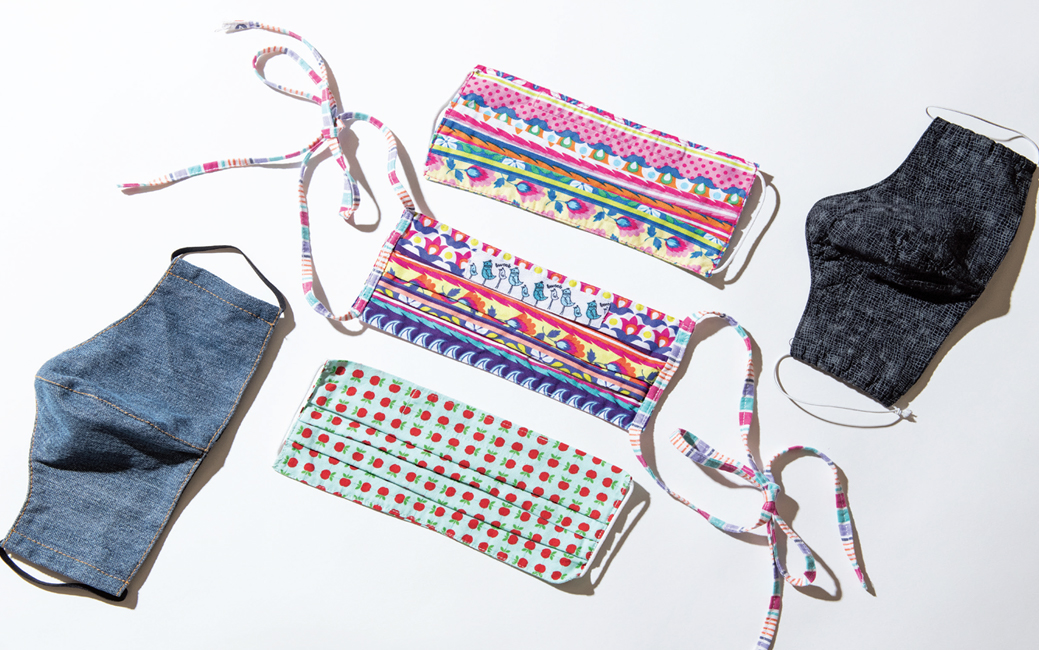Treasures: First Line of Defense
Sewing masks provides Daniela Syed a measure of comfort.

On Oct. 22, 1918, San Francisco Mayor James Rolph signed the “Mask Ordinance,” making
his city the first in the United States to require face coverings—four layers thick—during
the flu pandemic that killed 50 million people worldwide.
More than a century later, a different pandemic rages, but masks are still considered
one of the public’s first lines of defense. Then as now, many face coverings were
homemade.
Adjunct psychology professor Daniela Syed is one of many people across the country
who has volunteered their time—and fabric stashes—to make face coverings for family,
friends and even perfect strangers over the last year.
Syed estimates she’s made at least 100, most given away to local hospitals, doctors’
offices, nursing homes and Native American reservations. Along the way, she’s collaborated
with others to learn how to be more efficient and creative, especially when faced
with elastic and metal nose strip shortages.
That creativity came in handy when sewing masks for her niece in New York City. Syed
swapped ribbon for the ear elastic to make something the little girl thought was pretty.
“I tried to make ones that she would want to wear because it’s really hard to explain
to a 2-year-old that you need to wear a mask,” she says.
Syed’s 93-year-old grandfather still speaks about how hard it was when his aunt died
during the 1918 flu pandemic. She says having these family connections as well as
the ones she has with area sewists make sewing masks even more meaningful to her.
“I think sewing them was more of a solemn process than other kinds of sewing,” Syed
says. “People’s lives might depend on it, and we knew it wasn’t the best protection
for them, but we hoped that it was something that could help.
“I really love all of those T-shirts and signs that say, ‘Sewing masks is my superpower,’
because
I really feel empowered to contribute in that way. I hope we can stay protected with
masks as
much as possible.”
